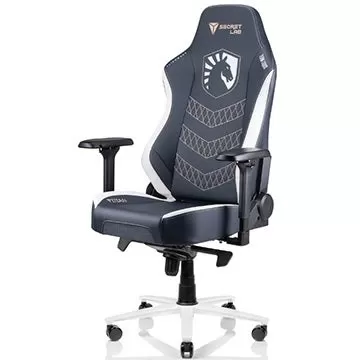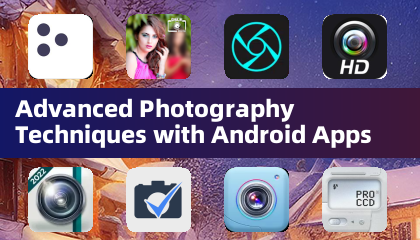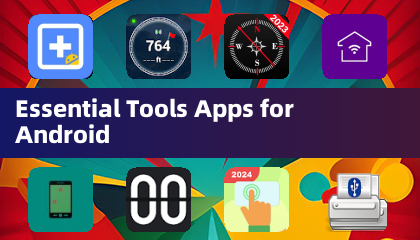CES never disappoints when it comes to showcasing the latest in laptops, and this year's event was a testament to that, especially in the realm of gaming laptops. After exploring the bustling show floor and numerous packed suites and showrooms, I identified the key trends shaping this year's gaming laptop market. Here are the major themes that emerged:
A Huge Diversity of Designs
This year, the design spectrum for gaming laptops has expanded even further. Brands like Gigabyte and MSI are blurring the lines between productivity and gaming, pushing for laptops that excel in both worlds. High-end gaming laptops are no longer just about raw power; they're about making a statement with unique aesthetics.
You'll find gaming laptops ranging from the sleek and professional, such as the Gigabyte Aero series, to the bold and visually striking, like the MSI Titan 18 HX AI Dragonforged Edition, which proudly displays its gaming prowess with graphics on its lid.
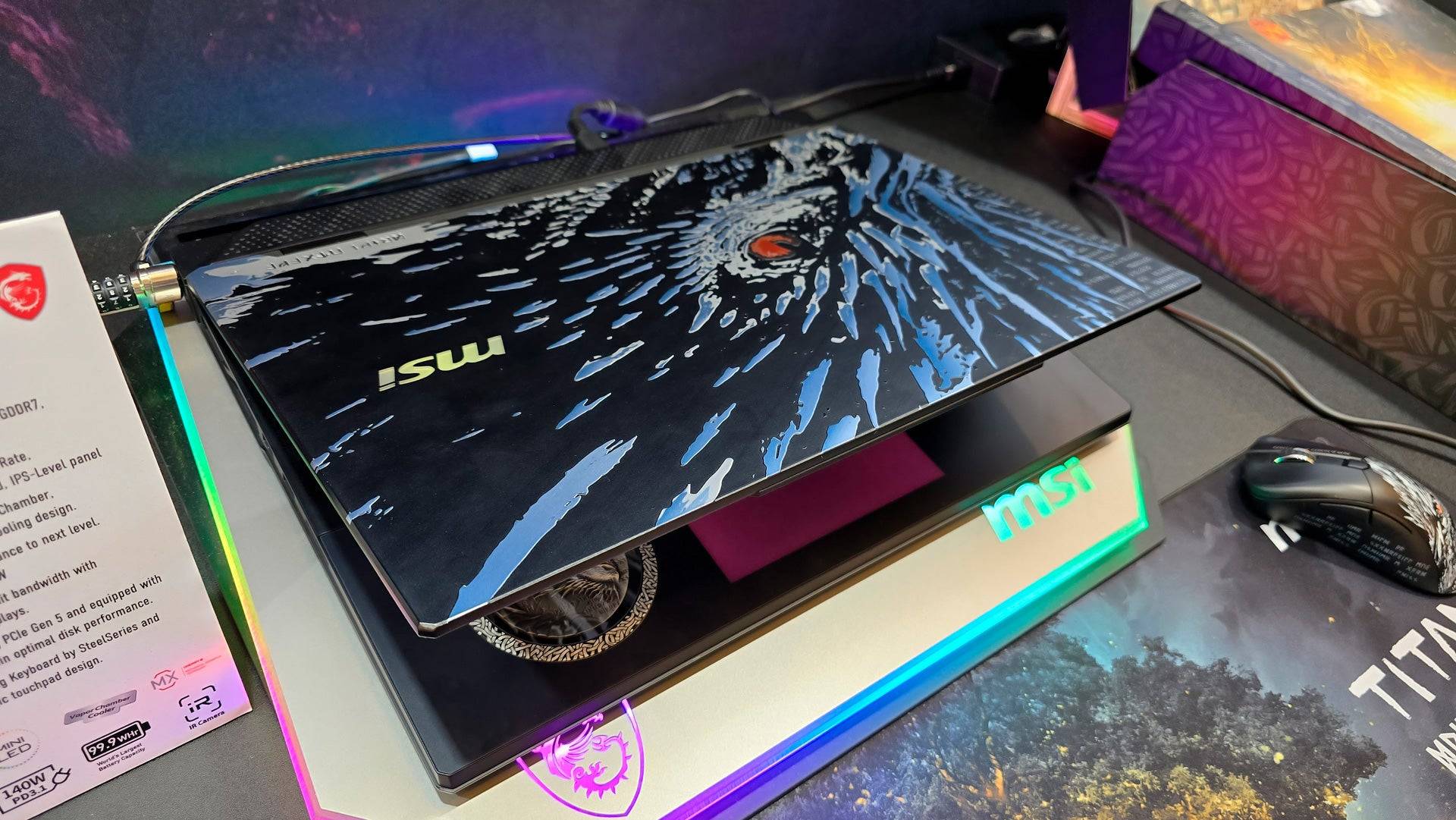 RGB lighting continues to be a highlight, with innovations like wrap-around lighting rings, illuminated mechanical keyboards, and even trackpad lights. The Asus ROG Strix Scar series, with its AniME Dot Matrix LED display on the lid, stood out, offering customizable animations and text to personalize your device.
RGB lighting continues to be a highlight, with innovations like wrap-around lighting rings, illuminated mechanical keyboards, and even trackpad lights. The Asus ROG Strix Scar series, with its AniME Dot Matrix LED display on the lid, stood out, offering customizable animations and text to personalize your device.
While the fundamental design principles remain unchanged, expect to see a mix of traditional heavy hitters and sleek, lightweight options, all boasting a wide range of hardware configurations.
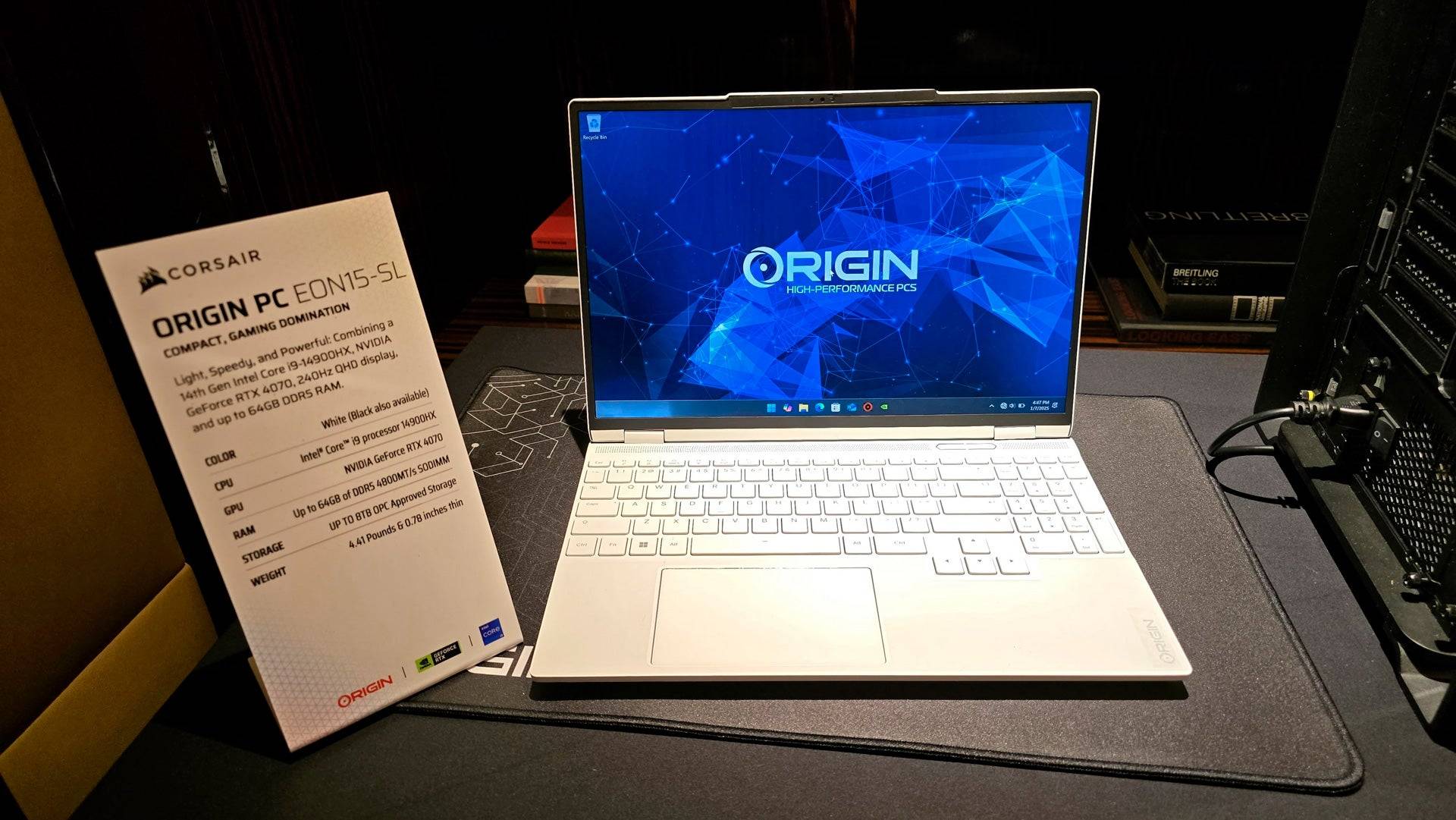 AI Assistants are Coming
AI Assistants are Coming
Last year, AI integrations in laptops were more of a novelty than a necessity. This year, however, we saw more promising developments with AI assistants designed to enhance user experience by allowing control over the PC without manual software interaction.
An impressive demo from MSI showcased an AI chatbot that adjusted the laptop's performance settings based on the type of game being played, automatically optimizing for peak performance. While the utility of such features is still up for debate—particularly whether they're faster than manual adjustments—the potential for seamless integration is clear. We'll need to see how these features evolve and perform in real-world scenarios.
Mini-LED, Rollable Displays and Other Novelties
Mini-LED technology is finally making a significant impact in the gaming laptop space. Asus, MSI, and Gigabyte showcased Mini-LED laptops with top-tier specs and pricing. These displays boast over 1,100 local dimming zones, reducing blooming and enhancing contrast, with exceptional brightness and color vibrancy. While OLED still leads in contrast, Mini-LED's advantages, like no burn-in risk and higher sustained brightness, are compelling.
Innovative designs also caught my eye. The ASUS ROG Flow X13, back after a hiatus, now supports eGPUs via USB4, offering a versatile gaming solution. Asus also displayed the Zenbook Duo, a dual-screen productivity laptop, but Lenovo's ThinkBook Plus Gen 6 Rollable stole the show. This laptop features a rollable OLED display that extends from 14 inches to 16.7 inches at the push of a button. While the first-generation product raises durability concerns, it's a fascinating glimpse into future laptop design.
Ultrabooks Continue to Rise, Even for Gaming
The rise of ultrabooks is undeniable, and they're now making inroads into the gaming laptop market. Major manufacturers are embracing this trend, offering thin, light, and premium designs that cater to both gaming and productivity needs. Gigabyte's revamped Aero series exemplifies this shift, delivering a sleek form factor without compromising on performance.
These ultrabooks are perfect for gamers who prioritize portability and don't need to run the latest games at ultra settings. My review of the Asus TUF Gaming A14 last year highlighted how these machines can handle dedicated graphics cards while maintaining their productivity edge.
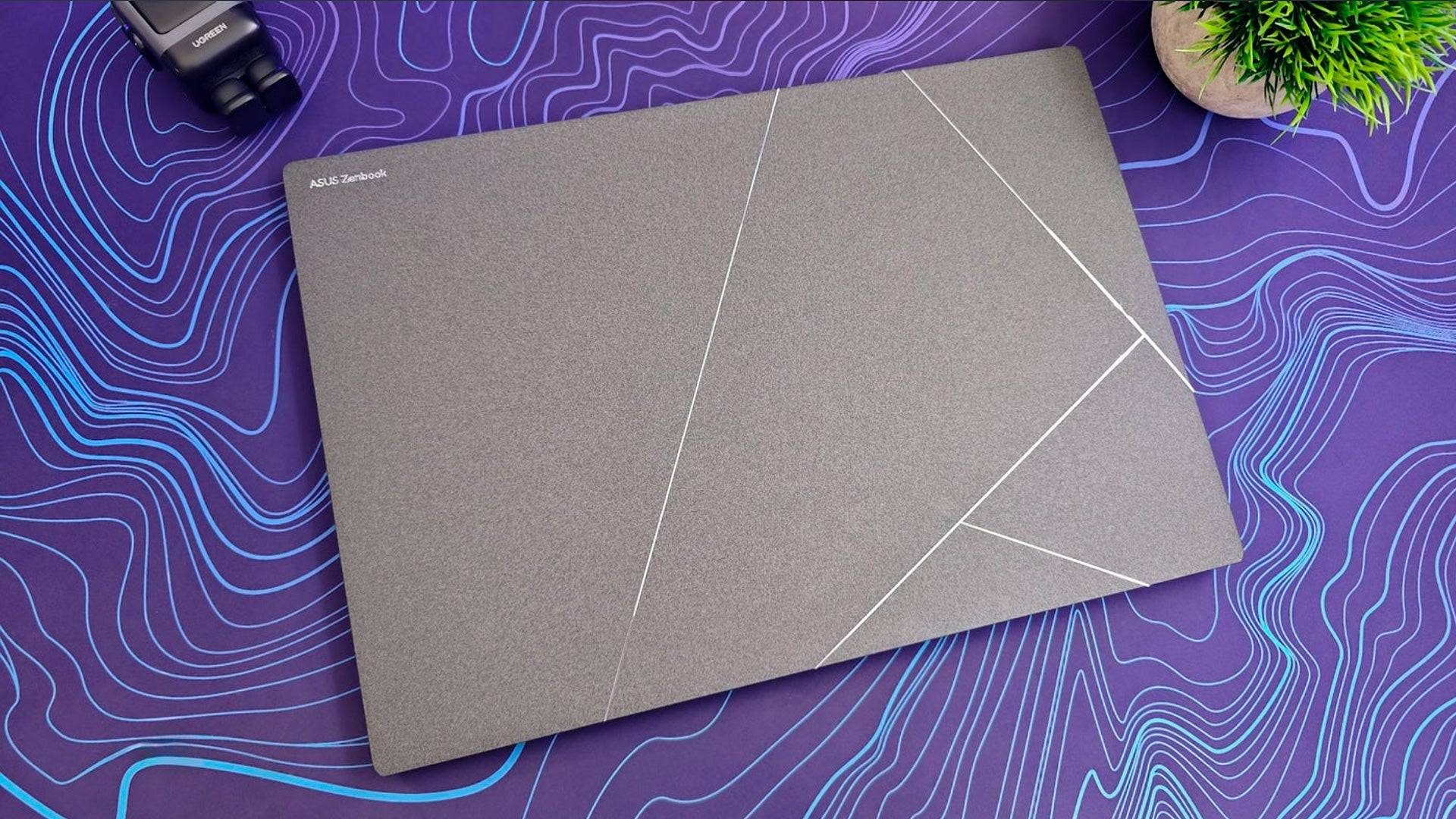 Moreover, with the latest AMD and Intel processors, even integrated graphics can handle surprisingly demanding games, especially when paired with technologies like AMD FidelityFX Super Resolution or Intel XeSS. This makes ultrabooks a viable option for casual gamers, potentially reducing the need for entry-level dedicated GPUs like the RTX 4050M.
Moreover, with the latest AMD and Intel processors, even integrated graphics can handle surprisingly demanding games, especially when paired with technologies like AMD FidelityFX Super Resolution or Intel XeSS. This makes ultrabooks a viable option for casual gamers, potentially reducing the need for entry-level dedicated GPUs like the RTX 4050M.
Cloud gaming services such as Xbox Cloud Gaming and Nvidia GeForce Now further enhance the appeal of these ultrabooks, allowing for a robust gaming experience without the need for a dedicated gaming laptop.
The gaming laptop landscape is evolving rapidly, and we'll continue to cover these exciting developments throughout the year. What trends caught your eye? Share your thoughts in the comments below!





